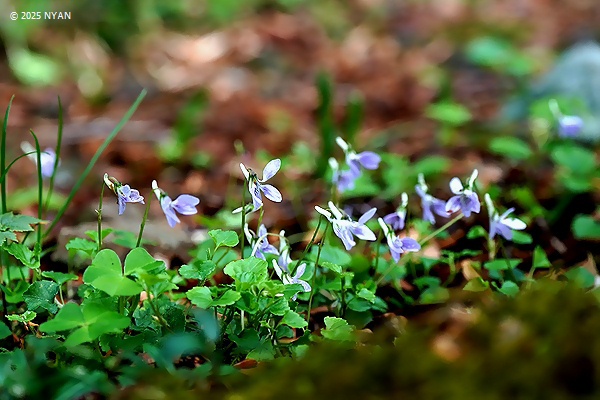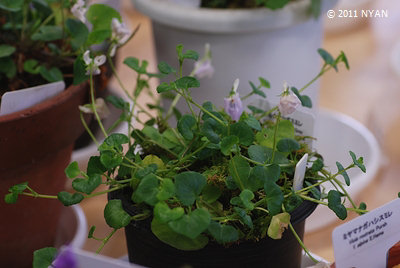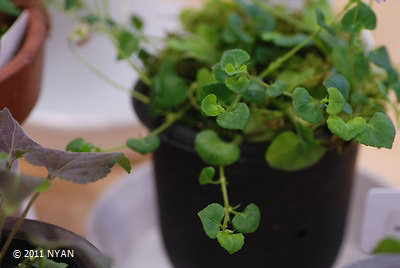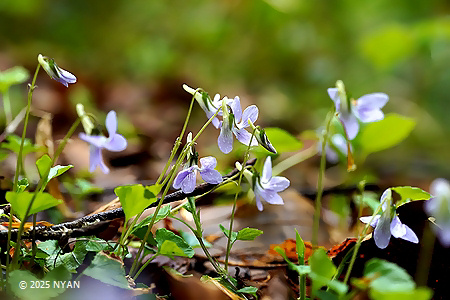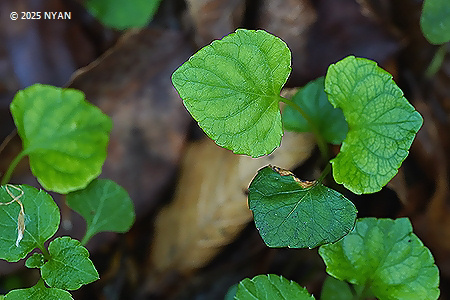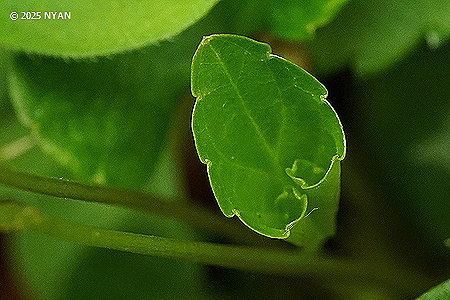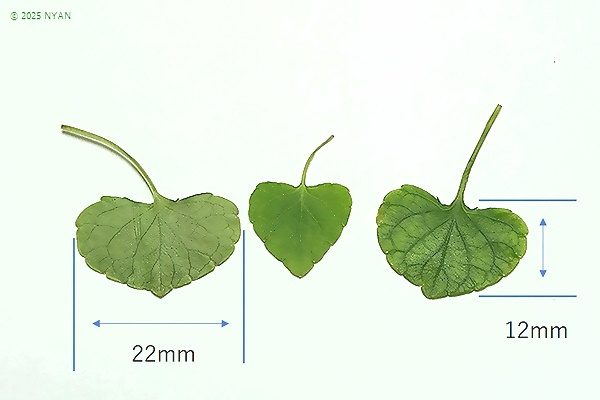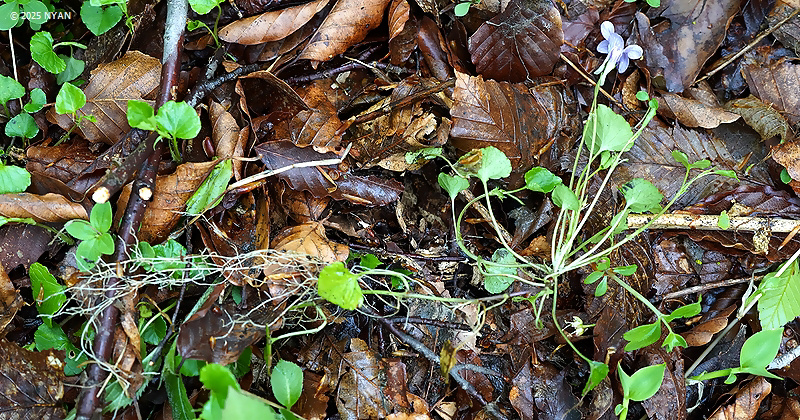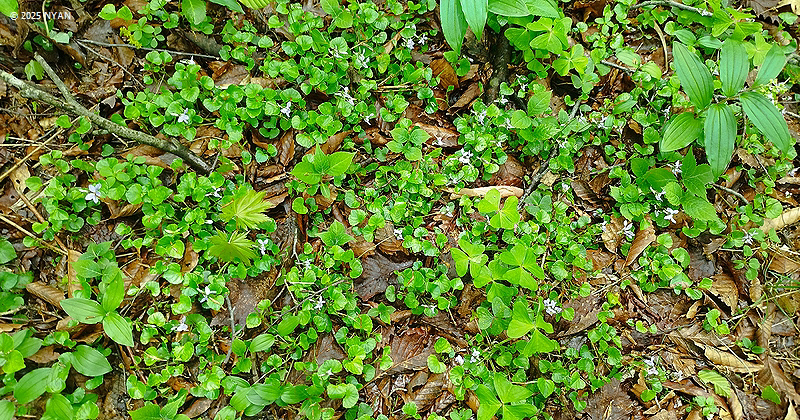| Section | Trigonocarpae Gordon | |
|---|---|---|
| Scientific Name | Type species | Viola rhizomata (Nakai) Ohwi : {Turu Tatitubo Sumire} |
| Variety | ||
| Form | ||
| Synonym |
Viola grypoceras A. Gray var. rhizomata (Nakai) Ohwi
Viola faurieana W. Becker var. rhizomata (Nakai) F.Maek. et T.Hashim.
|
|
| Origin | rhizomata : rhizome | |
| Common names | ||
| Stalk Form | A flower scape is extended from a stalk, and a flower blooms from each scape. The stalk becomes a height of about 30-40cm in summer. |
|
| Habitat | Bright forest edges where show a slight drying that the altitude is located slightly rather high. | |
| Distribution | Japan domestic | Distributed in Japan Sea side over Cyubu, Chugoku and Hokuriku district. |
| Japan overseas | ||
| Others | ||
| Flower | Shape | Middle size. It is rather thin than an authentic sample of the Viola grypoceras. The base of the side dialect is hairlessness. |
| Color | Light purple. | |
| Spur | White. Cylindrical and thin. Tend to bend upwards. | |
| Season | May to early June. | |
| Stigma | Stick-shaped. | |
| Aromatic | Unscented. | |
| Others | Not many flowers. | |
| Leaf | Shape | Wide triangles. The base is truncated or shallow heart-shaped. The tip is slightly pointed. |
| Color | The surface is myrtle green with the luster. The back side is green. | |
| Others | Hairless on both sides. The root fresh leaves that grew in the previous year have a rather hard leaf quality. The mulberry leaves are roughly shaped like comb teeth. | |
| Seed | Shape | Medium size. |
| Color | Seeds: brown, Seed pillow: shiny light brown white. | |
| Others | About 6 to 15 fruits will be produced per fruit. | |
| Characteristics of roots | ||
| Endangered Information | Akita:ThreatenedⅠ, Yamagata:ThreatenedⅠ, Niigata:Local population, Ishikawa:ThreatenedⅡ, Kyoto:ThreatenedⅠ, Hyogo:ThreatenedⅠ, Tottori:ThreatenedⅡ, Okayama:ThreatenedⅡ | |
| Type Specimen | ||
| Chromosome Number | 2n=20 | |
| Reference Information | ||
| Others | It is regarded as the plant which fitted the snowiness zone. It lengthens a stem and makes new stock. | |

